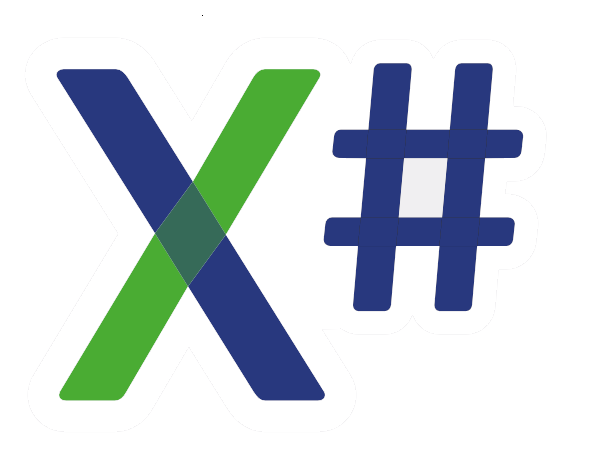Hi folks!
Biting the bullet and moving from VO to the .NET world using X#.
I have Xide installed and I although I can navigate around I am at a complete loss for a bunch of other stuff, mainly everything that's .NET!
I need some sample projects (not the examples supplied with X#) for the basics like showing a messagebox (system.windows.forms !?!) and how to figure out what I need to include in the references.
I'm not planning on converting existing VO apps to X# but building new ones using the VODialect as that's what seems to make the most sense to me.
Any help welcomed!
Thanks!
Steph
X# Newbie
- lumberjack
- Posts: 730
- Joined: Fri Sep 25, 2015 3:11 pm
- Location: South Africa
X# Newbie
Hi Steph,
welcome here!
In X# you have basically 4 different GUI choices (very simplified, there are many more).
If you have installed XIDE, there are some WPF samples contributed by myself. You could look at them.
Wolfgang
welcome here!
In X# you have basically 4 different GUI choices (very simplified, there are many more).
- using the VO GUI classes, even starting them in X# (that is what we have done for 2 different projects). Main advantage is that you are starting with what you know and with the very high productivity factor you know from VO, including bBrowser and ReportPro
- using the new VO GUI classes based on Windows Forms. They are not yet completely finished, but should work. Since these classes are Windows Forms based, they also work in AnyCPU mode, not only in x86 mode as the normal VO GUI classes. Main advantage: you retain most of the productivity you know from VO. But currently things like the bBrowser and ReportPro are missing
- using Windows Forms. This is an entire new world, and many things you know from VO are missing, like pictures in edit controls, name based databinding and so forth. Many things can be rebuilt, but this is some work before you get productive. We have some applications in production, but they have much less features than the normal VO based applications. But I would count on a productivity that is about the half one of VO
- using WPF. If Windows Forms is a new world, WPF is a new universe. You not only have to learn only a new and completely different GUI API (vector based instead of pixel based, using DirectX instead of GDI, and more like HTML development than Windows development), but also MVVM and maybe some MVVM framework. And you have to rethink the way your are designing the user interfaces. You can expect a drastic productivity drop, but applications that are completely different, much more flexible and usable on a large selection of display resolutions. Things like a checkbox and/or an edit control in a pushbutton are possible and relative easy. We have several such applications in production, and the users are happy with them.
If you have installed XIDE, there are some WPF samples contributed by myself. You could look at them.
Wolfgang
Wolfgang Riedmann
Meran, South Tyrol, Italy
wolfgang@riedmann.it
https://www.riedmann.it - https://docs.xsharp.it
Meran, South Tyrol, Italy
wolfgang@riedmann.it
https://www.riedmann.it - https://docs.xsharp.it
X# Newbie
Hi Steph,
In additions to what the guys said, simplest starting point is to use the app templates provided in XIDE. After you create a new project and opening it in the first project selection screen, then sdlect Project->Create New->Application and:
- for the familiar VOGUI, choose Standard VO Mdi, everything should look familiar from here
- for WinForms, choose Basic X# Form Application. Of course it will need a lot of reading and experimenting to get familiar with WinForms, but showing a message box is easy with
System.Windows.Forms.MessageBox.Show("some text here", "caption")
- for WPF, please go to the "Samples" page in the create new dialog and see the samples provided by Wolfgang
In additions to what the guys said, simplest starting point is to use the app templates provided in XIDE. After you create a new project and opening it in the first project selection screen, then sdlect Project->Create New->Application and:
- for the familiar VOGUI, choose Standard VO Mdi, everything should look familiar from here
- for WinForms, choose Basic X# Form Application. Of course it will need a lot of reading and experimenting to get familiar with WinForms, but showing a message box is easy with
System.Windows.Forms.MessageBox.Show("some text here", "caption")
- for WPF, please go to the "Samples" page in the create new dialog and see the samples provided by Wolfgang
Chris Pyrgas
XSharp Development Team
chris(at)xsharp.eu
XSharp Development Team
chris(at)xsharp.eu
X# Newbie
Here's a GitHub Repo with some x# Examples, that show how to use dotnet classes.
https://github.com/InfomindsAg/XSharpExamples
https://github.com/InfomindsAg/XSharpExamples

